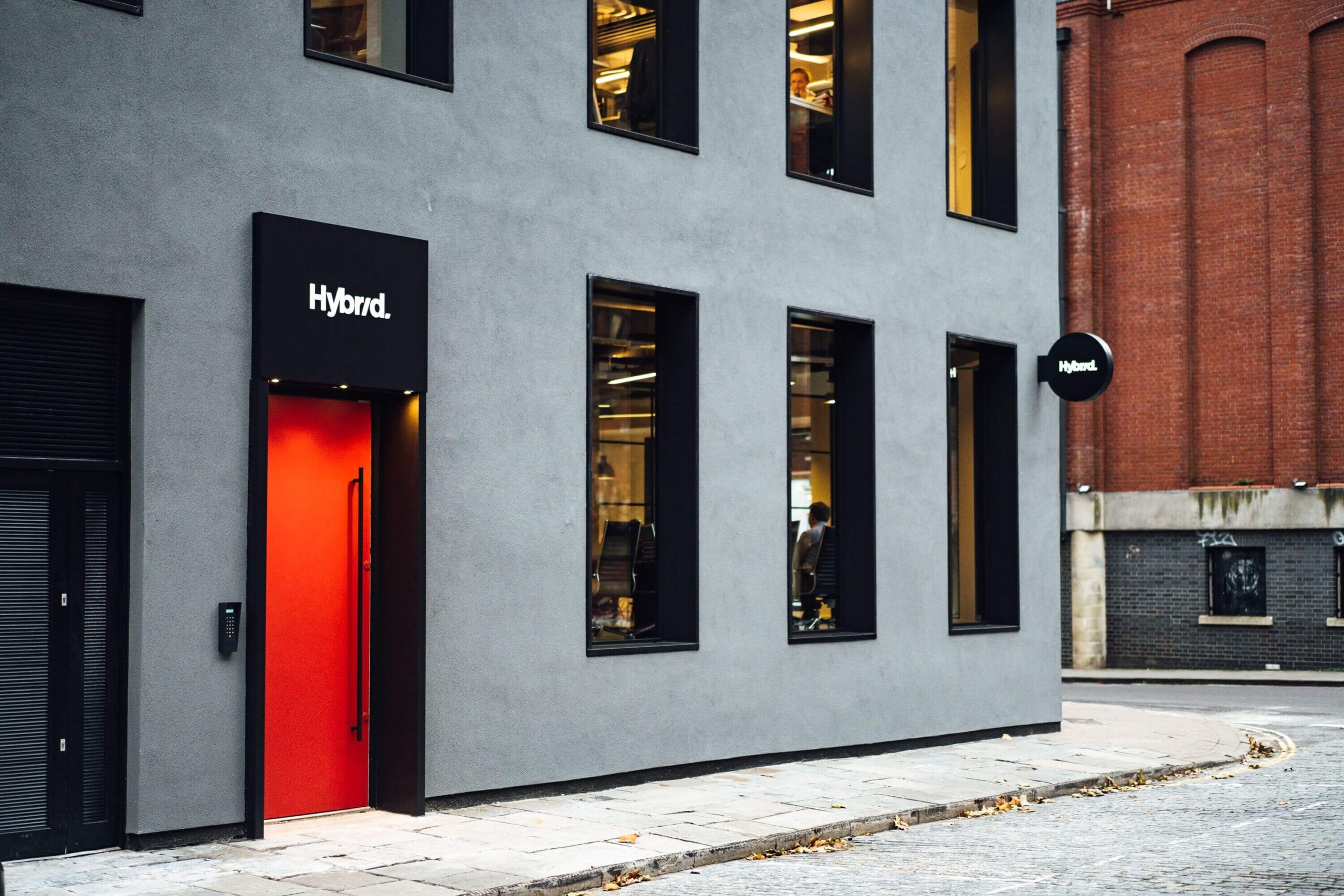What’s the latest with Google’s Ad Tech Stack?
In May 2022, Britain launched a second regulatory investigation into Google’s dominance in online advertising technology. The Competition and Markets Authority (CMA) watchdog made a statement promising to examine how Google facilitates the sale of online advertising space between publishers and advertisers.
The CMA will explore three key parts of Google’s complex set of services known as the “ad tech stack”. The investigation comes after 2018’s so-called “Jedi Blue” agreement — brokered between Google and Facebook owner Meta — which was allegedly aimed at cementing their online advertising dominance. CMA joins a pre-existing investigation by the European Commission, indicating global regulators’ will to curb the power of big tech.
CMA claims that Google’s market share of publisher ad servers is 90%-100%. For third-party ad servers, it commands around 80%-90% of market share. Given this, if Google was found to breach the right to competition, the impact on digital advertising and the shape of the industry as we know it could be seismic.
How do we utilise the tech stack?
Google’s ad stack is certainly not its most famous business, but it’s integral to the ads we see, and the digital auctions that “keep the internet free”. We utilise Google’s advertising tech every day, but alongside a range of other tools, so as to keep our solutions versatile and ensure a holistic approach to client challenges.
Google Ads, encompassing Search Ads 360, Display & Video 360 (DV360) and Campaign Manager, gives us access to paid search, display and video ads placements through YouTube inventory. We partner with other sector-specific to supplement GA platform features and refine geotargeting, segmentation, bid automation and advanced integrations giving us the edge over agencies that lean entirely on the Google stack.
Though DV360 is an intelligent and automated media buying platform, we also partner with over 30 programmatic networks to fine-tune the quality of inventory we’re buying on behalf of clients, achieving hyper-relevant placements that drive engagement. Our programmatic expertise extends to audio and connected TV, too.
Google Search Console helps us understand traffic to our clients’ sites, and how their journey landed them there. It’s also a key precursor to full-scale SEO audits and UX re-calibrations, for which we partner with other specialist companies too, from SEMRush to Smartlook & Hotjar. Google Analytics (GA) provides reports on ad engagement, web visitors, and conversion trends, allowing for comparisons across timescales, device info, and user journeys. We consolidate this data with that from various other sources to fuel our proprietary, comprehensive Campaign Hub dashboards. And then there’s Google Tag Manager (GTM), through which we implement code and pixels, so every campaign is tracked in a robust, reliable manner, whilst Google Optimize helps us run tests, be they A/B, multivariate or redirect tests.
We’ll be keeping all of our clients up-to-date with the latest from the CMA investigation, but rest assured that we are not overly reliant on the Google ad tech stack — it forms an important part of a more comprehensive approach that helps our clients get ahead of their competition.




